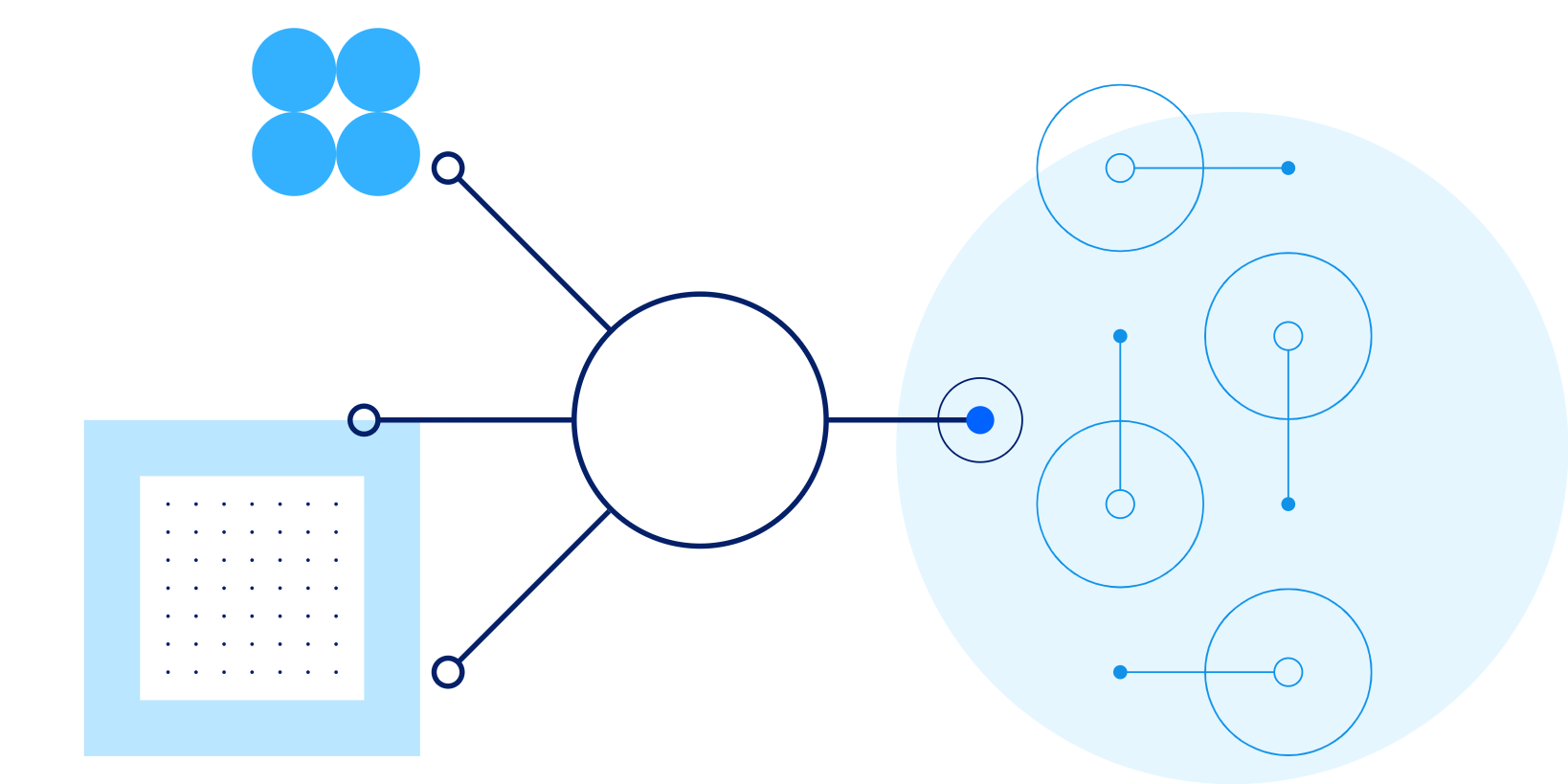About cookies on this site Our websites require some cookies to function properly (required). In addition, other cookies may be used with your consent to analyze site usage, improve the user experience and for advertising. For more information, please review your options. By visiting our website, you agree to our processing of information as described in IBM’sprivacy statement. To provide a smooth navigation, your cookie preferences will be shared across the IBM web domains listed here.
Perspectives
Design intelligent workflows
22 October, 2019 | Written by: Giorgio Danesi
Categorized: Perspectives
Share this post:
Humanising machines: how intelligent workflows will transform customer experience.
When we talk about the ways in which AI is going to change the world of business, all discussions lead back to one important point. The truly successful Cognitive Enterprise is one in which technology works alongside people to enable the best possible customer experience – not just to replace human employees in a relentless quest for efficiency.
As organisations begin to adopt smart new technology, they are required to rethink their strategic workflows. They are learning that real transformation is about technology-powered process improvements, rather than specific tools.
Historically, organisations have worked within a number of constraints, with lines drawn around technologies, functions or processes. Try as they might to optimise within these silos, the output is never quite as satisfactory as it could be.
Three major shifts have prompted a rethink. Customer expectations have changed dramatically. Technology has advanced beyond belief with the advent of AI, the Internet of Things and blockchain. And there is more data available than ever before.
Intelligent workflows are end-to-end experiences that cut across boundaries, harnessing data from the entire organisation to provide seamless, real-time, context-rich experiences to customers. Put simply, they help people and technology to do more together.
For years, personalisation has been the focal point for customer-facing businesses. But today, customers expect to be engaged in ways that are humanised and founded in empathy. Intelligent workflows enable this shift towards humanisation. By combining data from all parts of the organisation, we can now understand not only the habits and preferences of the customer, but also their motivations in the precise moment, their mood, and how they want to be dealt with.
With this context, we can choose the appropriate response – whether a basic, AI-driven resolution or a more nuanced human engagement. And we can provide a true multi-channel experience by subtly adapting messages according to context.
From an operational perspective, intelligent workflows eliminate barriers to make organisations more responsive, reduce waste and identify new business models by connecting the dots between real-time operational events and data.
A great example of this is KONE’s 24/7 Connected Services offering, which provides predictive maintenance for lifts. Instead of waiting for customers to report a malfunctioning lift, potential problems are now alerted through IoT-connected sensors on the equipment. This has led to reduced equipment downtime, fewer faults and more detailed information about equipment performance and usage. Another example is Groupama, which is leveraging data from connected cars to better predict and process insurance claims and offer immediate assistance.
Key to all of this is the smooth interaction between human and machine behind the scenes, each bringing their own unique strengths to the table. When designing intelligent workflows, we should always begin by taking a user point of view, building decision journeys out from potential touchpoints, in various contexts. As situations change, it’s important to be able to call up the relevant insights and react in the moment.
None of this will happen overnight. While many organisations have embraced digitalisation, most are just at the start of this transition from a siloed, process-driven world to a model in which constantly changing demands can be met. As well as investing in good technology, organisations must prioritise culture and skills transformation to ensure the entire workforce is on board.
So, where to start? Organisations should identify the customer and operational journeys that need help – and have an honest conversation about what needs to change. Paint a picture of the ideal scenario, from the end-user perspective, and work back from that. Don’t be daunted by the scale of effort required: tackle one area at a time. Start small and build quickly on successful projects – the IBM Garage is a good place to begin, as it is designed to bring a fresh perspective.
The businesses that thrive in the future will be those that reposition themselves to deliver seamless, satisfying experiences through the perfect mix of human and machine intelligence. Intelligent workflows are right at the heart of this evolution towards becoming a Cognitive Enterprise.

Giorgio Danesi
Vice President, Cognitive Business Decision Support, IBM Services Europe
More stories
By Helen Gowler on 3 October, 2024
Generative AI: driving a new era of HR transformation
Helen Gowler, Partner, EMEA Talent & Transformation Lead Today, I’m proud to be part of a company that’s committed to addressing gender bias in the tech industry. IBM is pioneering the use of AI to tackle this issue, and I’m excited to contribute to this effort. Our team is developing AI models that can detect […]
By Mark Restall on 18 July, 2024
Multi-Modal Intelligence Platform
Traditionally, data management systems provided only numerical or textual based business intelligence primarily for back-office users across finance, sales, customer management and supply chain. Today, we are increasingly seeing data management systems which drive key business functions requiring interrogation of multi-modal data sets from documents, presentations, images, videos to audio. This demands a more sophisticated […]
By Mark Restall and others on 16 July, 2024
The use of GenAI to Migrate and Modernise Organisational Core Programming Languages
GenAI is hugely powerful and supports a diversity of use cases by focusing on routine work – allowing people to focus time on value-add tasks, thus enhancing productivity. The focus of this use case is for an organisation which had previously focussed on a legacy set of tooling and programming languages and needed a way […]





























